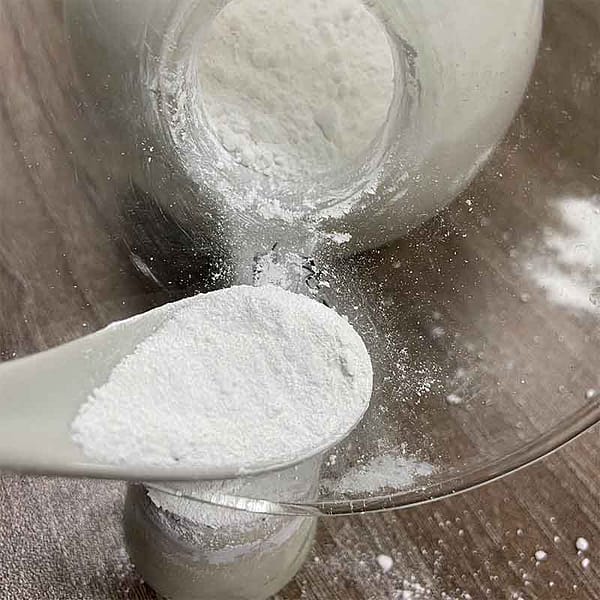Titanium dioxide (also called TiO2, white titanium, or Pigment White 6 – PW6)) is an awe-inspiring ingredient in a wide range of industries. It is particularly prominent in rubber, paints, plastics and paper. This versatile substance, famous for its brilliant white pigment plays an essential role in the transformation of raw materials into stunning finished products. We will explore the wonders and applications of titanium oxide along with its manufacturing process to understand how it influences different industries.
The Canvas of Titanium Dioxide: A Palette of Possibilities
Titanium dioxide serves as an important element in the manufacturing of a variety of products, which contributes to the appearance and utility of the items we use every day. Pigment White 6 is used to make paints. It provides a bright and opaque white that increases the vibrancy of artistic and industrial applications.

In the plastics industry titanium dioxide is not just a component that imparts color, but can also function as a UV stabilizer that protects from the harmful effects induced by ultraviolet radiation. This dual purpose makes titanium dioxide an essential component of many plastic products. These range from sturdy outdoor objects to packaging materials.
The Manufacturing Alchemy – Titanium Dioxide Production Processes
The manufacturing of titanium dioxide requires a number of intricate processes which have two primary methods leading the way in the process: the sulfuric acid method and the chlorination method. Each method has distinct applications and intricate details that contribute to the wide range of applications that titanium dioxide can be used in across various industries.
Sulfuric Acid Method – This method involves the reaction between the titanium-bearing mineral and sulfuric acid. It results in a solution of titanium sulfate. This solution is then hydrolyzed, resulting in the hydrated titanium dioxide. The result after the calcination process is white powder ready for use in many applications, especially the paper and paint industries.
The Chlorination Process: In contrast, the chlorine method employs chlorine gas to process titanium-bearing ore, creating titanium Tetrachloride. After a sequence of chemical reactions, the titanium tetrachloride will be oxidized into pure titanium oxide. This technique is widely utilized in the manufacturing and usage of titanium dioxide by rubber, plastics, and various other industries.
The Art and Science of Titanium Dioxide Applications
Painting Brilliance Across Industries: Titanium dioxide’s prominence in the paint industry is unparalleled. Its capability to create a vibrant white hue with excellent coverage and durability makes it a popular choice for homeowners, artists and industrial use. Its brilliance is not just visual, but functional also. It can improve the life span of paint-coated surfaces.
Shaping Plastics with Radiance: In plastics, titanium dioxide serves a dual purpose. In addition to its function as a white pigment it is also an UV stabilizer that provides crucial protection against the degrading impacts of sunlight. This makes titanium dioxide a key component of outdoor plastic products to ensure they preserve their structural quality and aesthetic appeal over time.
Opacity and Paper Whiteness: In the paper industry, titanium dioxide is responsible to the whiteness and opacity of the paper products. The addition increases the brightness of the paper, which makes the printed material more vibrant and clear. Titanium dioxide is utilized in the manufacture of paper for a variety of aesthetic purposes. It also plays a crucial role in enhancing the overall quality.
The rubber’s resilience and UV resistance The industry of rubber benefits from the UV resistance offered by titanium dioxide. Titanium dioxide helps protect rubber-based products from the damaging effects of UV radiation.
Titanium Dioxide Impact: More Than Pigment
While the impact of titanium dioxide is evident in its function as a pigment, its influence is not limited to color. The compound’s ability to enhance the strength, durability, and endurance of materials in diverse sectors makes it an invisibly but vital element in the quality and efficiency of the final product.
The result is that titanium dioxide becomes a substance with immense importance that seamlessly incorporates itself into many industries. It is known as Pigment White 6 and it creates a brilliant shine on canvasses that are both artistic and industrial. Two processes, sulfuric and chlorination highlight the alchemy of its creation. The harmonious mix of art and science in manufacturing is evident when titanium dioxide brightens paper, improves paints’ visual appeal, bolsters plastics from ultraviolet radiation, or helps protect rubber. The brilliance it imparts illuminates our everyday lives, creating a spectrum of products with an enduring impact and radiant radiance.
